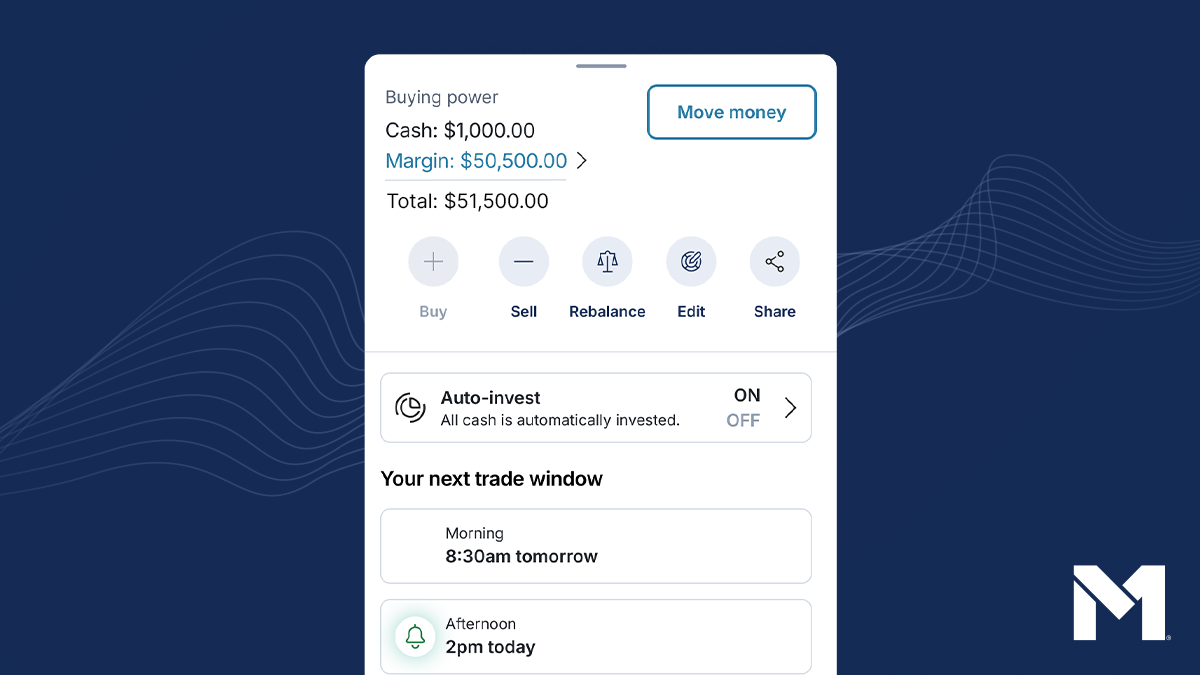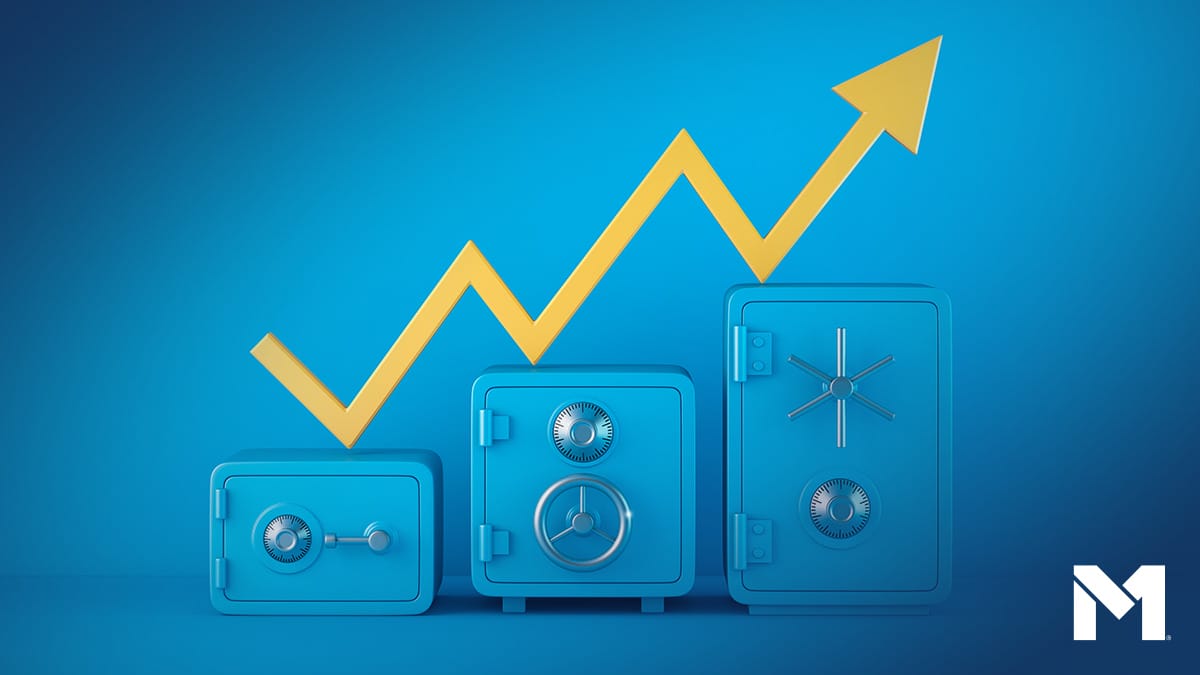83 days of market moves

The stock market has been a whirlwind throughout the first four months of the year. Entering the year, stocks were firing on all cylinders as market makers expected the Federal Reserve to finally lower interest rates. Well, stagnant inflation entered the chat, and the Fed announced on May 1 that it isn’t planning on lowering rates for the foreseeable future.
Now, equity investors are collectively hoping for the May flowers after April showers washed away many of their returns. April was the worst month for the Dow since September 2022, and popular tech stocks like Nvidia, Meta and Microsoft took a beating.
While there are positive signs for the remainder of the year, it’s also worth looking back at what has happened so far.
April was a bumpy ride for investors
Leading up to Q2, the S&P 500, Nasdaq and Dow all had positive momentum. But once April came around, major indices struggled. The S&P 500 and Nasdaq both lost over 4%, and all three broke five-month win streaks.
What’s more is that April has been, historically, one of the best months for the S&P 500 over the last 10- and 20-year time periods, with an average of 1.8% and 2% returns, respectively.
Despite the gloomy month, investors have reasons to be positive for the remainder of the year. Analysts are now projecting a 10.8% earnings growth for the entire year, according to Forbes Advisor. Additionally, the stock market does quite well during election years. According to Forbes, the S&P 500 has positive returns in election years (83%) more often than in non-election years (69%).
NVDA rocketed and cooled
In March, I wrote about how Nvidia went from a brand closely tied to video games in the 1990s to a household name in 2024 as the stock soared to start the year.
The GPU company spent the second half of 2023 floating in the $400 range (when its market cap hit the $1 trillion mark), and it ended the year just shy of $500 per share. After unveiling new chips in January, Nvidia heightened interest in its AI capabilities, and the stock soared to a high of over $900 by March. Amid recent selloffs triggered by strong labor data and higher-for-longer interest rates, the stock is now trading around $800 – but remains a crown jewel of the 2024 trading year.
Intel and AMD are on Nvidia’s heels to take market share back as they invest billions of dollars into their own semiconductor initiatives. To get it on the excitement, you can invest in an ETF like SOXX or SMH to get your part of the semiconductor action.
The new kid on the S&P block is crushing it
Another tech hardware company might be coming for Nvidia’s market share. Supermicro (SMCI) holds the title as the best performing stock in the S&P 500 so far in 2024. Since the turn of the calendar, the stock is up a staggering 189% as of May 6. Never heard of ‘em? Neither had I until writing this story.
The company designs and builds servers, data centers, and cloud computing software – among other offerings. But it didn’t cause shockwaves until last year, when it announced significant growth in its AI server products. This caused the stock price to skyrocket and Supermicro was added to the S&P 500 shortly after.
Five years ago, it was a $25 stock. The stock crossed the $100 mark for the first time last year. In March, it peaked at $1,200. But what’s impressive is how the company massively grew its market cap in a short amount of time with little attention prior to the stock price surge. They did it by working with other AI –leaders spearheading the AI movement.
Supermicro announced partnerships with brands like Intel in 2019 and AMD in June 2023, both with the goal of enhancing AI-related products. Investors didn’t make too much of it, as the stock didn’t budge in either instance. In November, they announced that it would produce an industry-leading high-density server backed by Nvidia HGX H100 8-GPU systems.
The blast off moment was the Q4 earnings call in January when Supermicro beat their projections by a wide margin with “year-over-year growth of 103%.” This sent the stock from roughly $300 to $1,000 per share in less than a month, just at the same time Nvidia was wooing the equity markets.
It remains volatile after a recent earnings miss as the company continues to face supply chain complications for its liquid-cooled servers.
Not everyone is feeling the EV slowdown
A slowdown in consumers buying EVs is impacting shareholders of EV manufacturers.
In 2023, nearly 1.2 million EVs were sold according to Cox Automotive. In Q1, 268,000 were sold, which is on pace to be a yearly decline of roughly 11%, despite increased federal incentives from the Inflation Reduction Act to go green. This significant slowdown in deliveries is killing the share prices of electric car companies simultaneously. Tesla, Rivian, and Lucid are down 25%, 53%, and 30% as of May 6th, respectively, in 2024.
Similarly, traditional auto makers are also struggling to sell traditional combustion engine vehicles as consumers feel the financial pinch and are holding onto their cars longer. However, brands like Hyundai and Kia are seeing growth in their EV sales. So there is demand, but not what we once saw in the last few years.
For investors, traditional car manufacturers that also offer EVs are seeing the green light. General Motors, Hyundai (second in total EV market share behind Tesla), and Toyota are all up double digits as of May 6th.
But for those on the fence about going electric, they have a few steep requests of EV makers to make the switch: 20-minute charge time, 350+ miles of range and lower prices. Until some of those asks are met, we could see EV stock prices feeling drained for the foreseeable future.
Restaurants enjoy higher stock prices despite fewer consumers eating out
CNBC reported on Tuesday that the long-awaited consumer pullback from dining out has finally come to head. The trend has been happening for some time, but now, restaurant balance sheets are reflecting it.
Coming into the new year, restaurant sales have been trending downward, according to the St. Louis Federal Reserve. This isn’t shocking as consumers continue to feel pinched by higher restaurant prices and overall lower consumer confidence. A recent survey says 68% of Americans are opting to eat at home.
However, a few restaurants have been able to maintain traffic to their doors, keeping both their customers and investors satisfied.
Take Chipotle, for example. In its most recent earnings, the company reported total revenue increased 14.1% in the first quarter compared to 2023. Shareholders are asking for extra guac as they enjoy their shares jumping (39% this year as of May 6th).
Chipotle has been able to master the art of loyalty with their digital app.
Digital sales accounted for just over one-third (36.5%) of its total food and beverage revenue. With over 30 million users, that’s a lot of burritos. However, it’s the rewards that come along with it. Those rewards help consumers save money and keep people coming in the door. A 2023 survey suggested that customers who redeemed a discount rose 86% from March 2022 to February 2023 – with the average discount netting a 24% savings on the purchase.
Another healthier food option, Sweetgreen, which went public in early 2021, has been cooking up returns for its investors. The company is known for its salads that charge a bit of a premium (anywhere from $12-$20). Despite the higher price point, healthier options paired with convenience have proven to be a winning combo for customers and investors. Q4 2023 saw total revenue jump 29% over the year prior, according to its most recent earnings.
So where is this new success coming from? Consumers with more flexible income are willing to spend on healthier options, especially post-pandemic. In a recent study, it was found in 23 out of 26 experiments that consumers are willing to spend as much as 91.5% more for healthier options. And with the target audience largely being health-conscious millennials with above-average incomes, the mix seems to be working.
The stock is up nearly 80% YTD, although it’s still down significantly from its 2021 IPO.
Hot tip: We just added Sweetgreen to the M1 Owner’s Rewards Credit Card where you can earn 2.5% cash back on your meal.
The consensus for many is that consumers are struggling to keep up with inflation and have started to reign in their spending from discretionary categories. Of the 11 business sectors, consumer cyclicals have the second lowest YTD return. This alone could push investors away from the entire sector to look for opportunities elsewhere. But this doesn’t mean everything within the sector is struggling as there are restaurants with some tasty returns for shareholders.
20240508-3560099-11322219
- Categories
- Invest



